5 areas of New York: how to choose the right place to live
'07.01.2020'
Source: ny.curbed.com
One of the main factors when choosing a home in New York for many is the cost. But it is important to consider other important points: for example, the location and presence of parks nearby. Edition Curbed prepared 11 tips for choosing the right area for life.
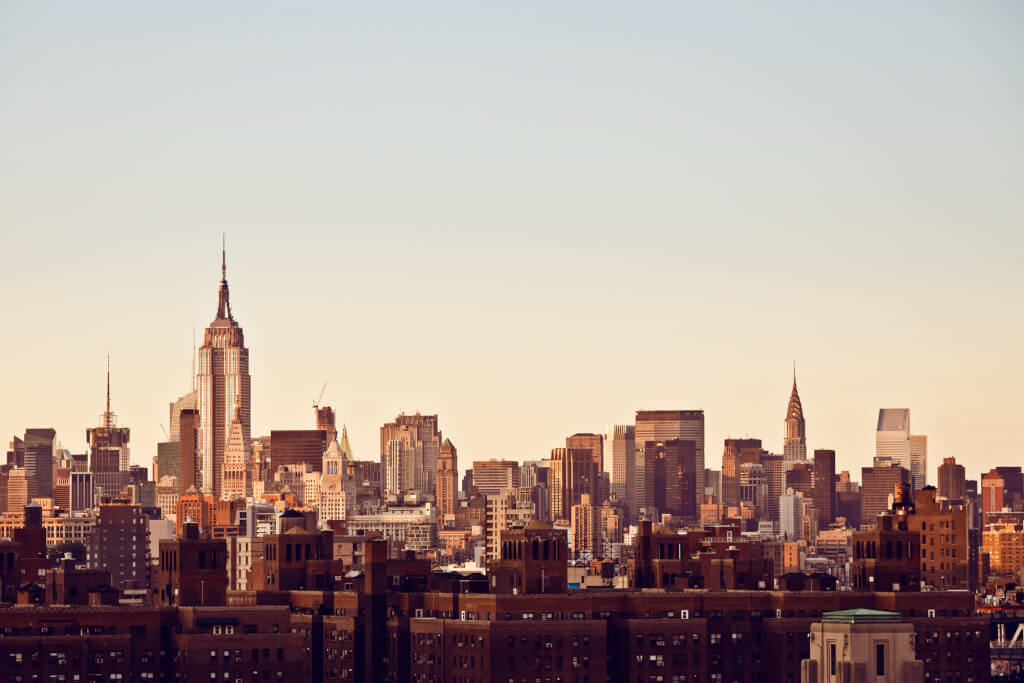
Choosing an area to live in, people usually focus on the same benefits. For example, how far is housing from the metro, the proximity of schools, parks and more.
However, in a city where many households are forced to pay rent for more than a third of annual income, the price is often the only factor that tenants consider when choosing a home.
Here are 11 things to consider when choosing a New York area.
- Find out what areas there are in New York.
Before you choose the area in which you want to live, you need to study it.
There are only five boroughs (districts) in New York: the Bronx, Brooklyn, Manhattan, Queens and Staten Island.
Where you settle down will depend on several different factors, but each area has its own pros and cons. Manhattan, for example, is the heart of the city with several business districts (Midtown, Financial District). It is also the most populous of them all - with 1,6 million people sandwiched within just 56 square kilometers.
Staten Island is more sleepy, with fewer than 500 inhabitants. It is known as the parks district; it is also the only area that the metro line does not connect to four others.
The best way to get to know all five districts is, of course, to get around them all on foot. However, you can also read local publications (S.I. Live, the brooklyn paper, Queens daily eagle and others) to understand which place is closer to you.
- Take a closer look at your favorite area.
Once you have decided on an area that seems suitable for you, visit its surroundings. There are hundreds of them throughout the city, each with its own taste and quirks. Determining the most suitable area for you will require a lot of research, so allocate enough time before moving to a new place.
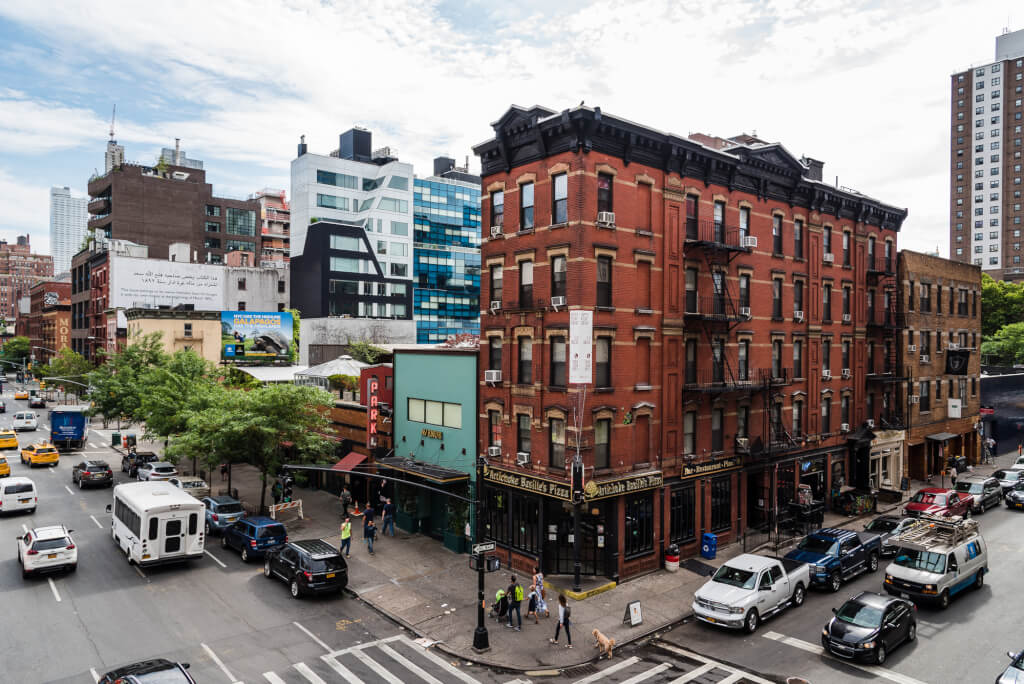
You can also look for areas that suit your specific needs. The Upper West Side, for example, has several natural areas for retirees. Chelsea and Hell's Kitchen are some of the best places for New York's LGBT communities. There are also thriving immigrant communities in many areas; in Washington Heights, for example, there is a large number of Dominicans, in Astoria - "Little Egypt" and so on.
- Do not focus on the overblown popularity of some areas.
Some areas of New York became popular after they made popular films and TV shows. For example, in Sex and the City, the bright-eyed Carrie Bradshaw walks around the West Village, which has made this place very popular for some categories of people.
There are countless people who have moved to the Lower East Side or Williamsburg because these areas were known as the coolest in the city.
However, just because a neighborhood looks trendy or is famous on a TV show doesn't mean it's the right place for you. Instead, consider your specific wants and needs before settling in any place. “The West Village may be charming, but you pay dearly for the privilege of living there,” the author assures.
- Find out what's more important to you: location, size or price.
The three main factors that people take into account when choosing a place to live are location, size, and price. Finding an apartment in New York that satisfies all three of these factors is like winning the lottery is an unusually rare occurrence.
Before starting your search, think carefully about which of these three factors works best for you. If space and price, then you may end up in an area that is a little off the beaten track; if you invest in a place with a lot of amenities and options for things to do, you will almost certainly end up paying more rent in the end.
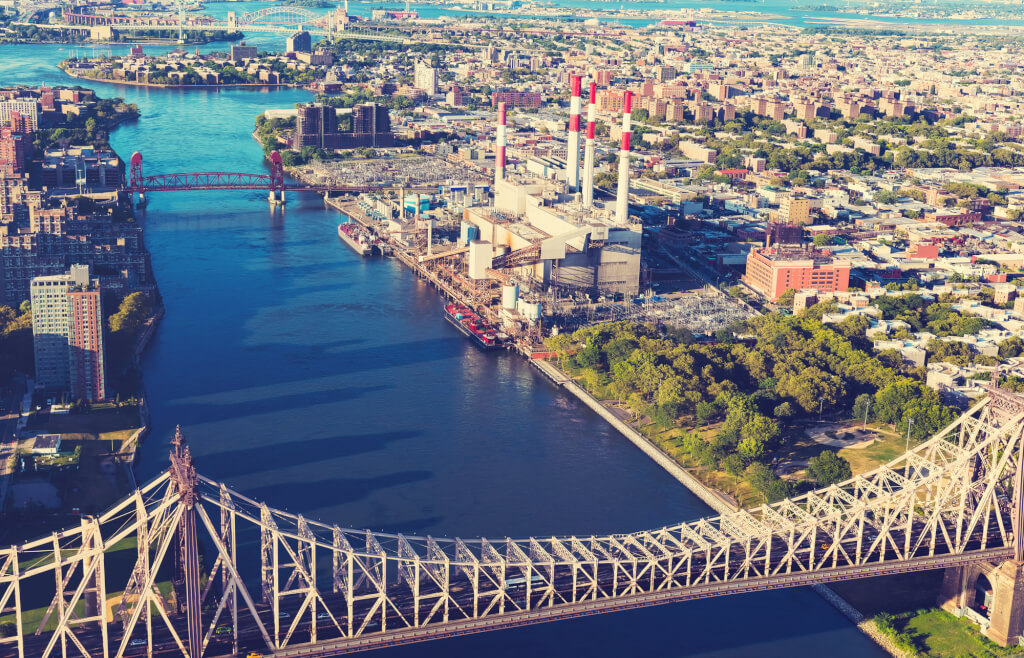
If cost savings are your biggest concern, the MNS brokerage company monitors rental prices in the Bronx, Brooklyn, Queens and Manhattan, so you can see where housing is cheaper.
It is more difficult to get an idea of the average square meters by area. However, on sites such as StreetEasy, you can search for apartments by size - this is convenient if you are interested in studios, for example.
For many, the most important factor will be the location - for example, close to work, friends or a yoga studio. But it’s important to remember: life and priorities are changing; you can get a new job, or decide to have a baby, or want to be closer to the subway. You might even want to move to another area within a few months after moving to a new place. And this is normal. The beauty of life in New York is that you can almost certainly find a place that matches your top priorities, whatever they were at the time.
- Take into account public transport options.
New York may have the most reliable public transportation system in the country, but this does not mean that it serves equally well all parts of the city.
On Staten Island, for example, there is only one railway line and bus service, which is often slow and unreliable.
On the other hand, there are areas such as Downtown Brooklyn or the Financial District, which are the main metro nodes. This makes them a great option if you want to live closer with countless modes of transport.
On the subject: The most expensive area of New York - Tribeca: what is famous and why it attracts celebrities
And do not plan to own a car in New York: it is expensive, harmful to the environment and the already terrible traffic, the source recommends.
- You probably won't want to be too far from work.
Get ready to spend a lot of time on the subway: in New York, the average one-way trip is about 36 minutes. You can use this time to catch up on podcasts or read The Power Broker, but you can also choose an area that is close to where you will work.
Most of the city's downtown business districts are likely to have offices - Midtown, Financial District, Downtown Brooklyn, Jamaica, Long Island City - not necessarily areas where you want (or can afford) to live, but they are also served a large number of metro lines and buses.
Here you will find the application useful. MTA (or Google Maps): if you know that you will work in Midtown and don’t want to go to work for a long time, you can look for neighborhoods that are not far from this particular part of the city.
On the other hand, if you want to live in, say, Sunnyside, you can use these applications to find out how long it takes to travel to other areas of the city, taking into account your transit options. And don't forget to add at least 15 minutes to take into account delays in the subway.
- Is peace and silence important to you?
In a city that never sleeps, there are several peaceful places. According to information RenthopThe quietest areas of the city include the Upper East Side, Borough Park, Bayside and Brooklyn Heights.
The number of noise complaints in a particular area can be viewed on the NYC Open Data portal. But do not take them into account when looking for a relatively quiet place.
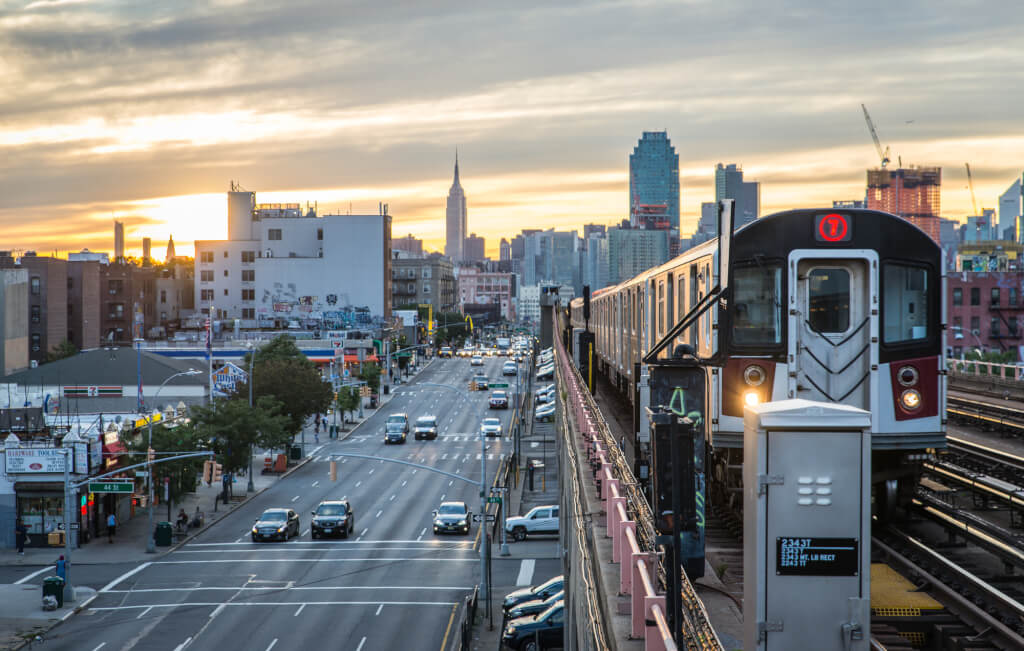
You will not want to live close to major roads such as the Brooklyn Queens Expressway (known as the BQE), or in areas where major construction projects are underway.
- How important is it to be closer to nature?
New York may have a reputation as a concrete jungle, but there are many green spaces. This is not only about Central Park, which is surrounded by some of the most expensive real estate in the city.
The largest of the parks is Pelham Bay Park in the Bronx, home to beaches, horse stables and a wildlife sanctuary. It is also close to low-cost areas such as Pelham Bay and Morris Park.
Inwood Hill Park, located at the northern tip of Manhattan, is huge and close to the vibrant Inwood and Washington Heights areas.
If you are more of a lover of outdoor activities, then there are places for you too. Van Cortlandt Park in the Bronx has five hiking trails of varying difficulty; in Prospect Park - large parts of the old forest.
On the New York City Department of Parks website there is a lot of information about the green spaces of the city, both large and famous (Central Park, Prospect), and about the smaller green oases of the metropolis.
- You will walk a lot, keep this in mind.
It doesn't matter where you live in New York - you will definitely spend a lot of time on your feet. While it's hard to find a neighborhood in this city that isn't pedestrian-friendly, some neighborhoods are better for walking, with parks, grocery stores, wine cellars and more.
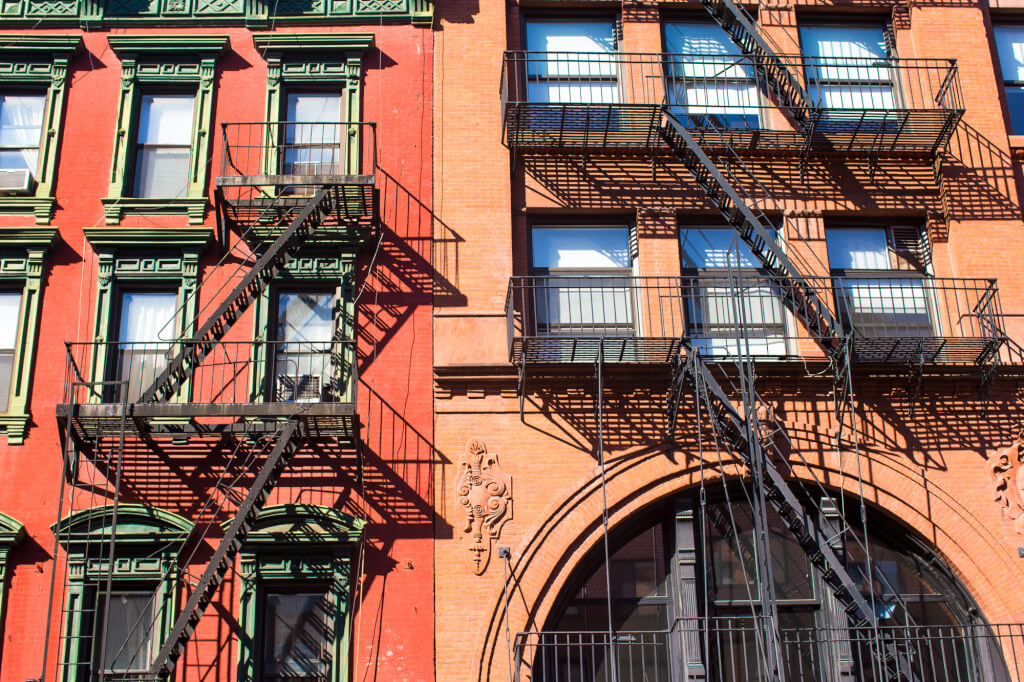
For example, in Manhattan you will find many shops, restaurants and bars, concentrated in areas such as the East Village and the area around Union Square; in Brooklyn, Broome Hill, Brooklyn Heights, Prospect Heights and Fort Green are some of the most pedestrianized areas. The Bronx area, like East Tremont, is also very popular and may be more affordable than others.
- Spend some time in your area of interest before moving.
Let's say you've done your research and found an apartment in an area that has everything you need: close to the metro, there are several grocery stores, a park nearby, and you can afford the rent. You only went there once, but it seems perfect, you should definitely sign a lease, right? Not so fast. Something might sound perfect on paper, but over time, you may start to notice problems.
Before deciding on a place, plan repeated visits to the area, as well as at different times of the day - early morning, late at night, on weekends, when people are not at home and around it. (And don't forget to check how much noise or other quality of life complaints are coming from the residents of this place, you can do this through the site 311). This way, you will feel what it is like to actually live there.
- After moving, remember the existence of other areas.
And so, you have chosen a district, signed a lease agreement and moved to a new apartment. Now it's time to get to know the rest of the city. Just because you took root in Ridgewood doesn't mean you can't run around Inwood Hill Park on weekends, or find the perfect coffee shop in Greenpoint, or go to clubs in Bushwick.
The beauty of exploring the surroundings before moving to New York is that you will find plenty of places to explore.







